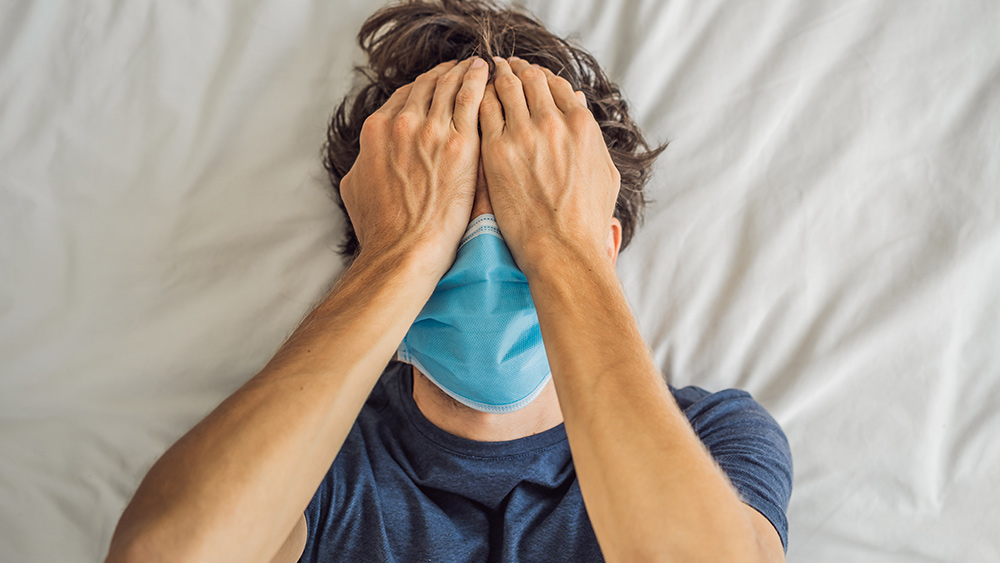
The ruling came Monday in response to a suit brought by churches claiming that social distancing rules were unconstitutional. Emergency powers, they argued, are only in effect for a month before needing legislative approval, which these orders never received, and Baker County Circuit Judge Matthew Shirtcliff ruled in their favor.
In his seven-page opinion, Shirtcliff had stated that the damage to people’s livelihoods surpassed the dangers posed by the disease. The ruling meant that not only would church gatherings for worship be okay, but so would all outings within the state, potentially causing a serious health crisis.
Governor Brown said that she would appeal the ruling right away in order to “safeguard the health of all Oregonians – including frontline health care workers, those living in nursing homes, workers in agriculture and food processing plants, and Oregonians with underlying health conditions..."
True to her word, just hours later, she was able to get the Oregon Supreme Court to stop the rural judge’s order and keep the stay-at-home order in place for the time being. The new decision will stay the judge’s decree pending a review by high court justices.
Governor Brown praised the Supreme Court for its action in a statement, saying that moving too quickly to pre-pandemic life could bring the state back to the beginning of the outbreak when hospitals faced major shortages.
Brown declared a state of emergency in Oregon on March 8 due to coronavirus and has since issued several executive orders, including one that closed all schools, nonessential businesses and dine-in services at bars and restaurants. She extended the order by a further 60 days earlier this month until July 6. However, quite a few counties have already been given approval by the state to start loosening their restrictions to some degree.
Oregon isn’t the only state whose stay-at-home orders have been the target of legal action. A North Carolina federal judge came down on the side of conservative Christian leaders by blocking the enforcement of Governor Ray Cooper’s restrictions affecting religious services indoors.
Last week, the Supreme Court of Wisconsin struck down the governor’s stay-at-home orders on the grounds that the administration had overstepped its authority by extending the order for an additional month without consulting lawmakers.
In contrast, states like New York, Washington and California give governors broader power during public health emergencies.
States could be in for a “vicious cycle” of health and economic disasters
Some states are starting to reopen to various degrees, even as models indicate that doing so will lead to a rise in infections and deaths throughout the next few weeks. An uptick in cases is being noted in places like Texas, Alabama and South Dakota, where restrictions have already started to loosen.
The World Health Organization has warned that easing restrictions too quickly and reopening the economy could create a “vicious cycle” of health and economic disasters.
WHO Emergencies Program Executive Director Dr. Mike Ryan stated: “This is what we all fear, is a vicious cycle of public health disaster followed by economic disaster followed by public health disaster followed by economic disaster.”
Although the first amendment protects Americans’ right to practice their religion, there are ways to practice that right that do not put countless people in danger of contracting a deadly illness.
The Archbishop of Baltimore, William Lori, reminded Catholics that what is going on is not a violation of religious liberty, and said arguing otherwise puts lives at risk. He said government orders are “eminently reasonable” and do not undermine people’s faith.
These are unprecedented times, and protecting as many lives as possible should be everyone’s priority – especially when there are safer ways of practicing one’s religion.
Sources for this article include:
Please contact us for more information.























